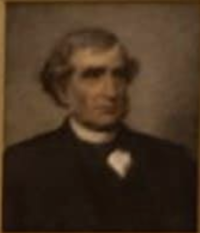Simulation Studies of an Ultraviolet Laser Absorption Imaging System
Introduction
To design practical engineering systems for modern energy and propulsion applications, such as rocket and jet propulsion systems, space reentry vehicles, and gas turbines, where extreme gas-dynamics often pose challenges on improving efficiency and ensuring system feasibility [1-3], it is critically important to inform practical designs with experimental insights of the thermochemical environment. Particularly, spatially resolved diagnostics of physical properties, such as temperature and concentrations of chemical species, are desired for the purpose of validating numerical simulations and chemical kinetic models [4]. In this context, an ultraviolet-laser-absorption-based imaging system becomes an attractive solution for providing 2D information on gas-dynamic environments of interest. An ultraviolet laser absorption imaging (UV-LAI) system is founded on the well-established principle of laser absorption spectroscopy (LAS), where magnitude of laser light attenuation at a certain wavelength is used to infer the concentration of absorbing chemical species [5]. The light attenuation arise from the resonance interaction between light and matter, which sees a molecule transitioning to a higher energy state when excited by light carrying energy that matches the energy gap of the transition. A fixed-wavelength, continuous-wave laser emitting in the UV region has the unique advantage of accessing strong electronic energy transitions of diatomic species, such as hydroxyl radical (OH) and nitric oxide (NO), important for high-temperature combustion and air chemistry [6]. This enables high signal-to-noise ratio (SNR) in the measured light attenuation, and therefore, improves the accuracy of the species concentration measurements. However, to enable accurate 2D measurements using the UV-LAI system, the impact of optical aberration and light refraction through the test gas on the interpretation of the final image needs to be well understood.
Background
Ultraviolet Laser Absorption Imaging
The ratio of the aperture diameter to focal length.
N: F/# (F-Number)
f: Focal Length (m)
D: Aperture Diameter (m)
Methods
Sequential vs. Non-Sequential Ray Tracing
Results
PBRT and Blender
Zemax
LightTools and CODE V
Conclusions
Appendix
You can write math equations as follows:
You can include images as follows (you will need to upload the image first using the toolbox on the left bar, using the "Upload file" link).



